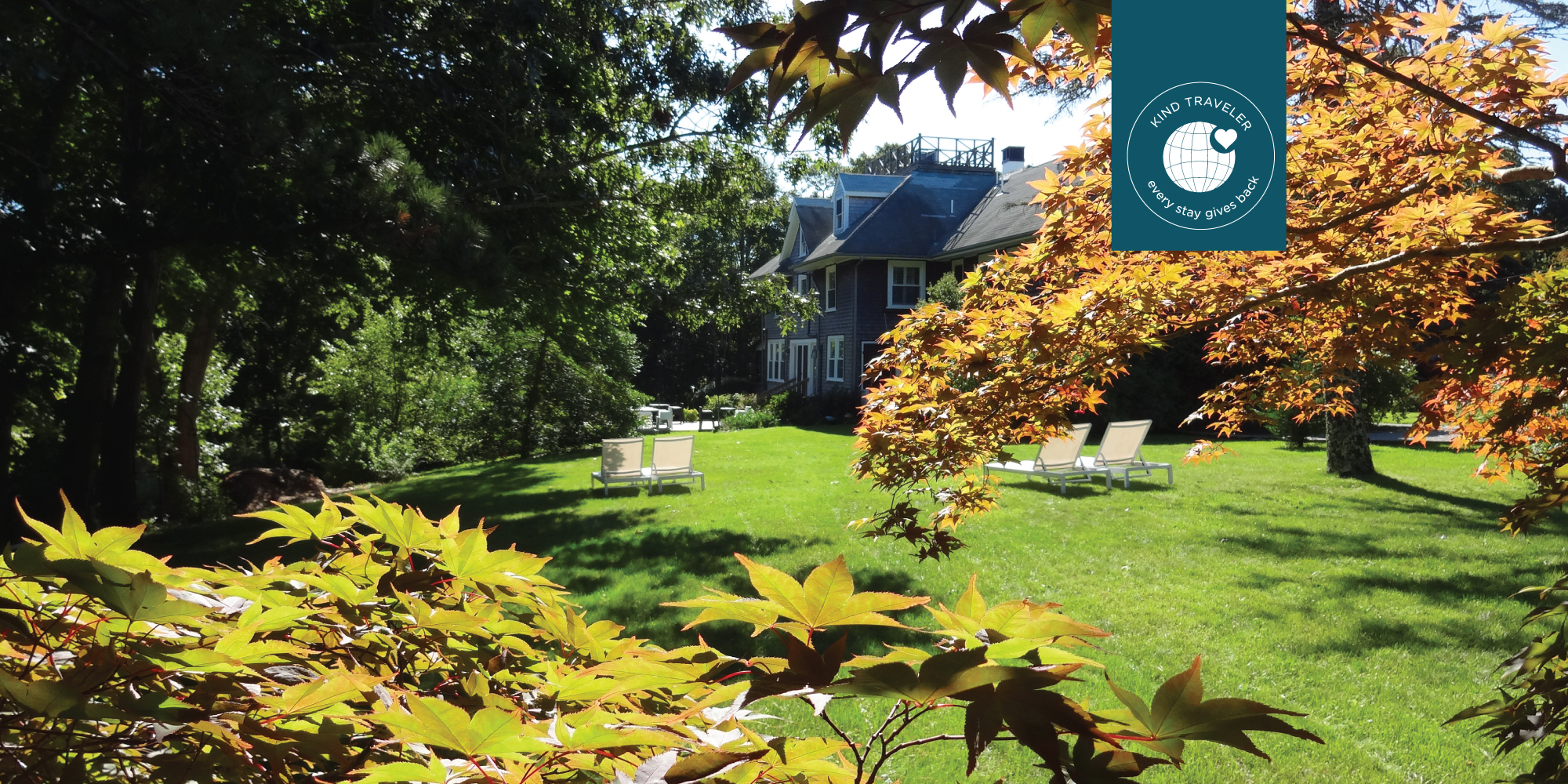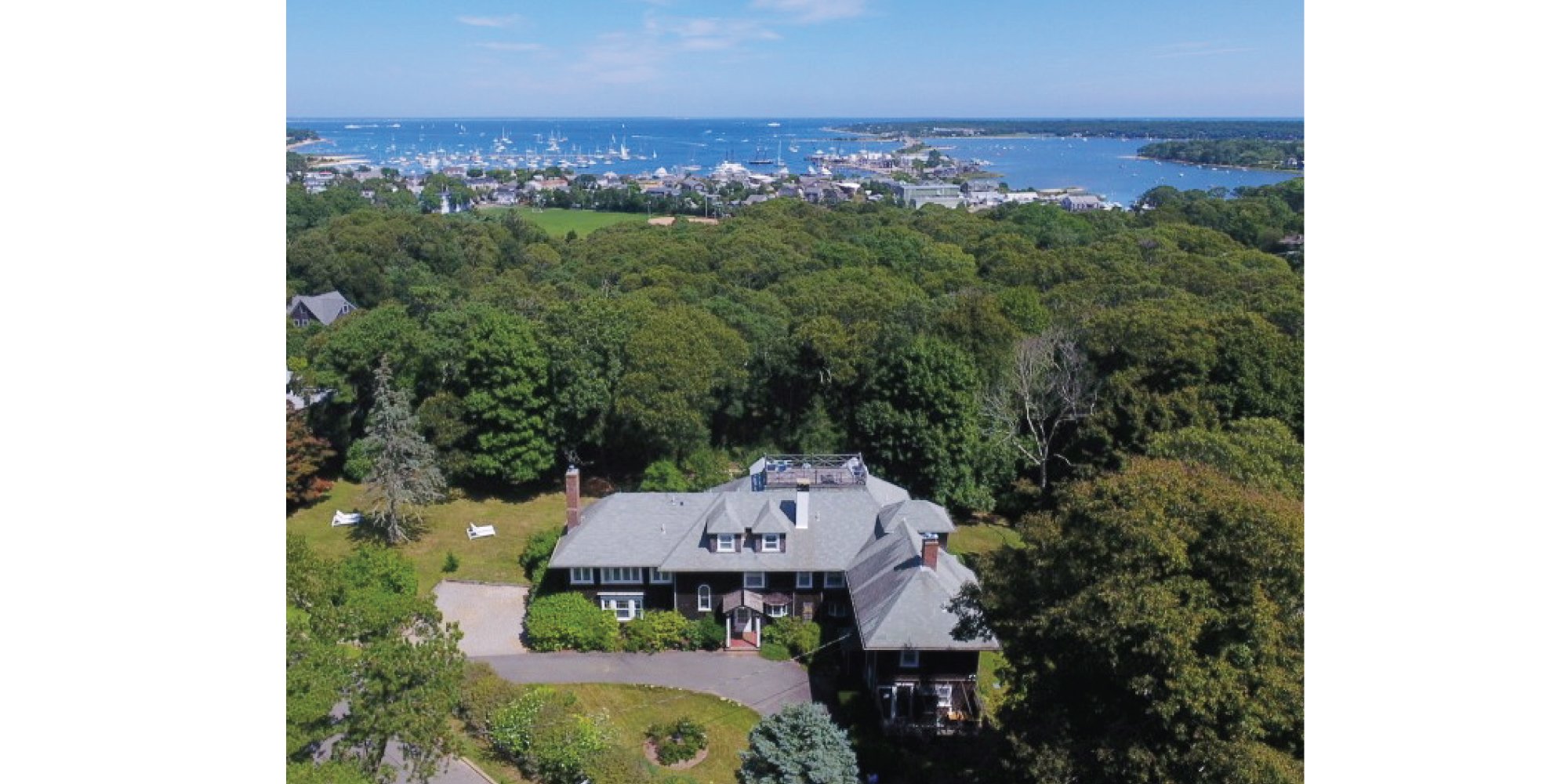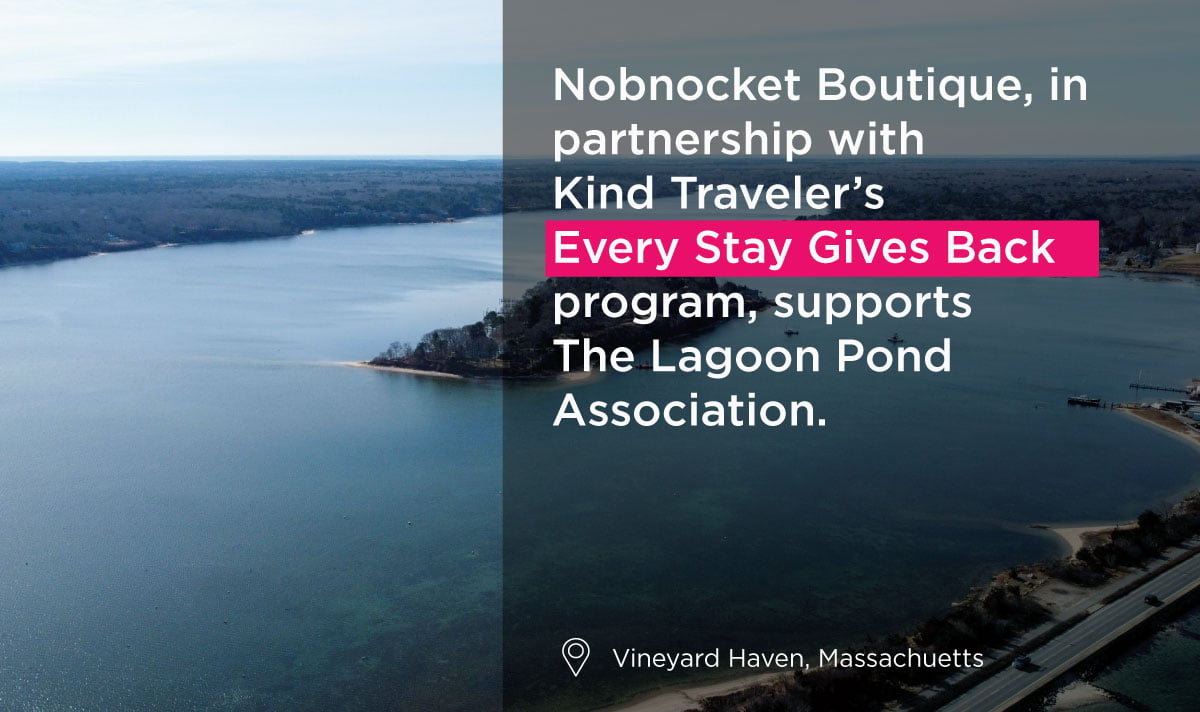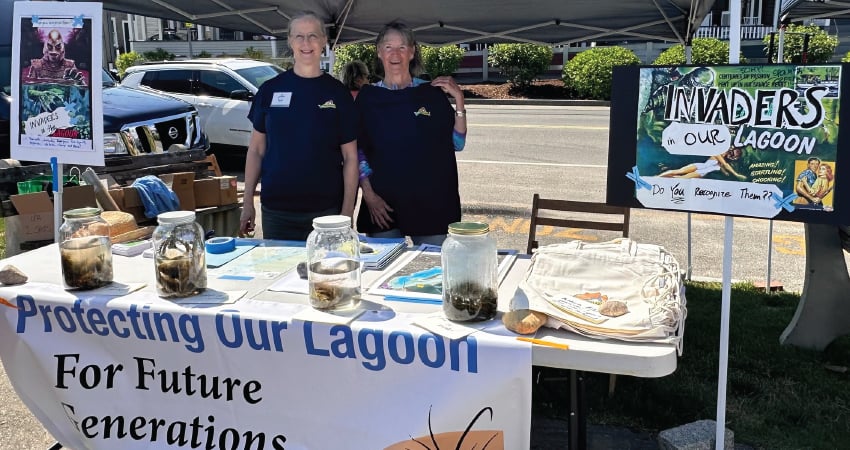Protect, preserve and enhance the character of Lagoon Pond and all immediate areas. Their interests include water quality, the natural beauty and resources such as fishing, shell-fishing, recreation and safety.
Why is it important?
Excessive nitrogen, primarily from "wastewater (septic systems), fertilizers, and road runoff," has impaired the health of the 537+ acreage of Lagoon Pond. Coastal communities in the surrounding region rely on clean, productive marine and estuarine waters for tourism, recreational swimming, fishing, and boating, as well as for commercial fishing and shellfishing. Eel grass is needed for shellfish and finfish shelter and proliferation. It also improves water quality, reduces coastal erosion, and traps and stores carbon at rates 30 to 50 times greater than forests. Unfortunately, eelgrass has all but disappeared from the Lagoon. Failure to reduce and control nitrogen loadings will lead to increases in algae blooms, decreases in oxygen concentrations, fish kills, widespread occurrence of unpleasant odors and visible scum, and loss of diversity of marine life in the Pond.











